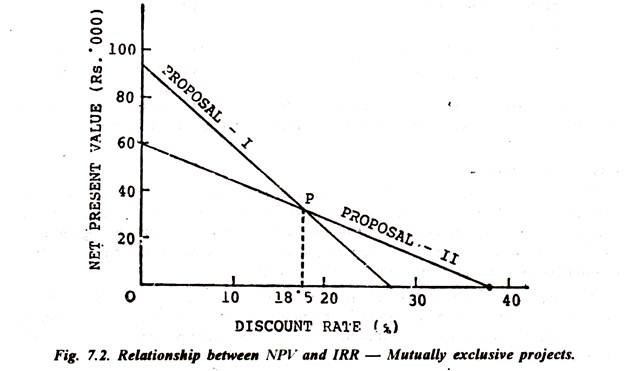The following are the methods for valuation of shares:- 1. Net Asset Method (Intrinsic value) 2. Yield Method 3. Earning Capacity.
Method # 1. Net Asset Method:
This is also known as Balance Sheet Method or Intrinsic Method or Break-up Value Method or Valuation of Equity basis or Asset Backing Method. Here the emphasis is on the safety of investment as the investors always need safety for their investments. Under this method, net assets of the company are divided by the number of shares to arrive at the net asset value of each share.
The following points may be borne in mind:
(1) The value of goodwill will be ascertained.
ADVERTISEMENTS:
(2) Fixed assets of the company, disclosed or undisclosed in Balance Sheet, are taken at their realisable values.
(3) Floating assets are to be taken at market value.
(4) Remember to exclude fictitious assets, such as Preliminary Expenses, Accumulated Losses etc.
(5) Provision for depreciation, bad debts provision etc. must be considered.
ADVERTISEMENTS:
(6) Find out the external liabilities of the company payable to outsiders including contingent liabilities.
Thus the value of net asset is:
Total of realisable value of assets – Total of external liabilities = Net Assets (Intrinsic value of asset)
Total Value of Equity shares = Net Assets – Preference share capital
ADVERTISEMENTS:
Value of one Equity share = Net Assets – Preference share capital/Number of Equity shares
Method # 2. Yield Method:
Under the Net Asset Method, the weightage is given on the safety of the investment. One, who invests money on shares, always needs safety. Even if the return is low, safety is always looked upon. At the same time under the yield method, the emphasis goes to the yield that an investor expects from his investment. The yield, here we mean, is the possible return that an investor gets out of his holdings—dividend, bonus shares, right issue. If the return is more, the price of the share is also more. Under this method the valuation of shares is obtained by comparing the expected rate of return with normal rate of return. For instance, if paid up value of a share is
Rs. 10 and expected rate of return is 9% while normal rate of return is 6%, then the value of shares will be Rs. 15.
Formula for this:
Value of Right Shares:
According to Sec. 81 of the Company Act, 1956, a company, if it so desires, can increase its share capital by issuing new shares. In that case, the existing shareholders must be given the priority of purchasing those shares according to their paid-up value. Since the existing shareholders have got such right to purchase the newly issued shares, they are called Right Shares.
In order to make a proper valuation of right relating to Right Shares, the market value of the old holdings and the total issue price of the new holdings must be added and the same must be divided by the total number of new and old holdings. Value of right will be the difference between the result that is obtained and market value of shares.
Hence:
ADVERTISEMENTS:
Value of Right = Number of Right Shares/Total Holdings (i.e. holdings = Old + New) x (Market Value – Issue Price)
Method # 3. Earning Capacity:
When someone is interested to have majority of shares of a company in order to have controlling interest in it, he makes use of earning capacity method for the purpose of valuation of shares.
He is interested to know the disposable profits of the company. The profit is found out by deducting reserves and taxes from the net profit of the company.
Thus profits earned by the company are compared with the amount of capital employed in the business and rate of earning is found out in the following manner:
ADVERTISEMENTS:
Profit earned/Capital Employed x 100 = Rate of earning
Fair Value Method:
There are some accountants who do not prefer to use Intrinsic Value or Yield Value for ascertaining the correct value of shares. They however, prescribe the Fair Value Method which is the mean of Intrinsic value and Yield Value method and the same provides a better indication about the value of shares than the other methods.
Fair Value = (Intrinsic Value + Yield Value)/2
